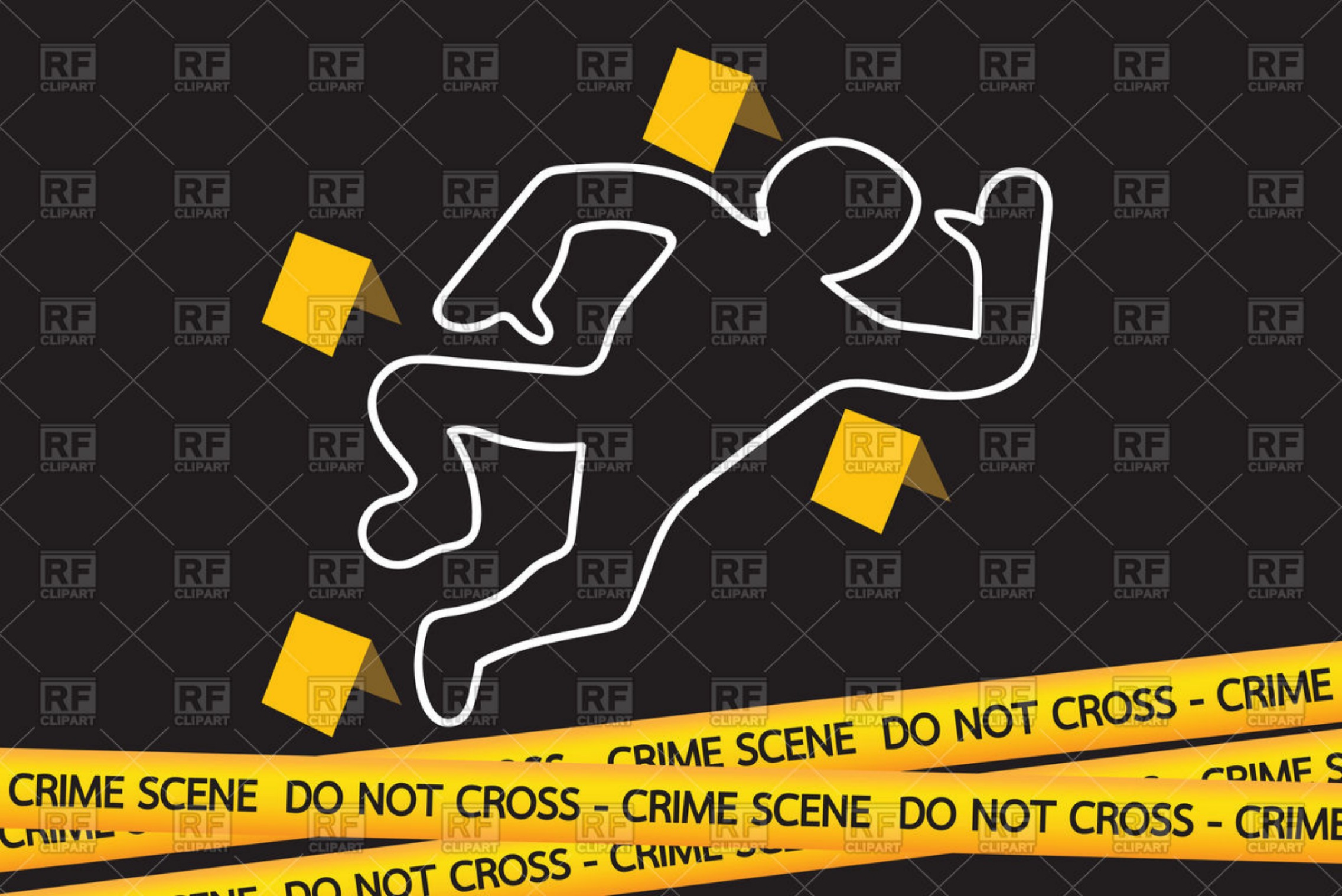Crime Scene Procedures
Published

We appreciate our alumni who give us great feedback on our newsletters. If you would like us to feature an article from a specific law enforcement domain, please email us at info@westafricartc.org. This month’s newsletter features an informative article on crime scene procedures and best practices needed to conduct inventory on a crime scene. Please bear in mind that the RTC shares such articles for the sole purpose of informing and enlightening its readers about the best practices to adopt during a crime scene analysis. We hope readers find the following pointers useful during their investigations.
Contact at the Scene
Upon arrival at the crime scene, the crime scene investigator must make contact with either the detective/officer who requested the crime scene processing services, or with the detective/officer assigned to oversee or manage the crime scene to obtain relevant information about the case. Each crime scene investigation is unique, and as such, the establishment of a clear and direct method of communicating scene information is required.
Preliminary Survey or Crime Scene Walk-Through
A preliminary survey or walk-through of the crime scene with the detective or officer in charge should take place after the exchange of information in order to evaluate the crime scene and formulate a plan for processing the scene and collecting evidence. The investigator establishes a path to enter and exit the scene, avoiding the pathway used by the suspect, if possible, and preserving the scene from possible contamination. The Investigator is also able to determine if any additional equipment or personnel are needed to process the scene and determine what potential evidence needs to be recorded and recovered
Scene Search for Trace Evidence
Trace evidence is any material such as hairs, fibers, glass, soil, paint, etc., found at a crime scene on a person or object. Trace evidence may be used to associate an individual(s) with a crime scene or another individual.
Crime scene investigators should be trained to recognize trace evidence and understand the potential value of trace evidence. Investigators must collect and preserve the sample to include the control sample with the appropriate tools and equipment. When encountering noticeable items of trace evidence, document and collect the item immediately. It is important to document and collect additional items, depending upon the conditions at the scene and stability of the item of evidence.Scene Search for Biological Evidence
Crime scene investigators may search a crime scene, other locations associated with a crime scene or individuals for suspected biological evidence (i.e., blood, semen, spit). When suspected biological evidence is identified, collect a sample for biological analysis or collect the entire item. When collecting the item, make a mark near the area where the sample was found (with a Sharpie or other marker). An arrow, line or circle should be made clearly indicating the location of the substance. Document the notes appropriately.
Crime Scene Photography
Crime scene photography is one of the most important duties that the crime scene investigator performs. Photography of the scene and of evidence is one of the first procedures performed at a scene. Take the photographs so that the area and items of evidence will be identified and oriented with other areas in the overall scene. The technique used at crime scenes is primarily a three-step process:
- A long or wide-angle view sometimes referred to as an establishing shot.
- A medium or midrange view which focuses on particular objects, areas or evidence items.
- A close-up view that clearly shows what the item is, its condition and its position at the scene.
Visual communications are substantiated and verified by quality, concise and accurate photographs of both the scene and the evidence as it was found.
Evidence Collection
Investigators should perform the evidence collection process in a systematic and careful manner. The process begins with the preliminary crime scene survey, followed by a determination of the evidence collection sequence to be used.
Evidence Marking and Packaging
All evidence collected at a crime scene, or received at or during a crime scene investigation, is inventoried and packaged prior to leaving the scene to prevent loss or cross-contamination. Mark the item of evidence when possible. Evidence which cannot be marked, such as soil, hair and stains, should be placed in an appropriate container or envelope. Marking some items directly may interfere with forensic analysis of the item. Always mark the outer packaging.
Reporting
Two reporting formats may be used by an agency. The crime scene report is used to report crime scene activities and processing results. The second is used when analyzing evidence in the laboratory. A crime scene report may be used for reporting scene activities. Investigators may prepare a draft/outline of their scene report per agency policy and later prepare a final report.
A laboratory examination report is used for reporting evidence analysis performed by laboratory personnel. Both types of reports are reviewed. The process may include an administrative and a technical review. Generally, a copy of the completed report is distributed to the prosecutor and the submitting agency.
To read more about crime scene investigation procedures please visit: http://www.crime-scene-investigator.net/crime-scene-procedures.html#3

